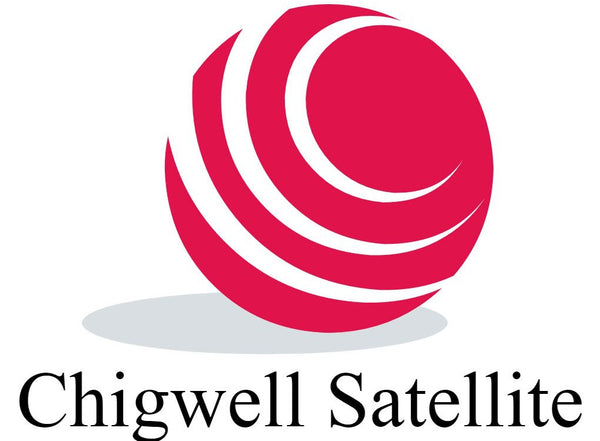The Benefits of Using Starlink for Businesses Compared to Regular Wired Broadband
Posted on May 30 2024

The Benefits of Using Starlink for Businesses Compared to Regular Wired Broadband

In today's digital age, reliable and fast internet is essential for business operations. Traditionally, businesses have relied on wired broadband for their internet needs. However, with the advent of Starlink, SpaceX's satellite-based internet service, businesses now have an alternative. This blog explores the benefits of using Starlink for businesses compared to traditional wired broadband.
1. Ubiquity and Accessibility
Starlink
One of the standout features of Starlink is its ability to provide internet access in remote and underserved areas. Traditional wired broadband services often struggle to reach rural or isolated locations due to the high costs and logistical challenges of laying physical cables. Starlink, utilizing a constellation of low Earth orbit (LEO) satellites, offers a solution by delivering high-speed internet to virtually any location on the planet. For businesses operating in remote areas, this means access to reliable internet where previously there was none.
Wired Broadband
Wired broadband is typically limited by the existing infrastructure. In urban areas, this is rarely a problem, but rural and remote locations often suffer from slow or non-existent service. Expanding wired broadband to these areas can be prohibitively expensive and time-consuming.
2. Speed and Performance
Starlink
Starlink promises high-speed internet with download speeds ranging from 50 Mbps to 150 Mbps, and even higher speeds expected as more satellites are launched. Its low latency, thanks to the LEO satellite network, is particularly beneficial for real-time applications such as video conferencing, online gaming, and VoIP services. This makes Starlink an attractive option for businesses that require high-speed, low-latency internet.
Wired Broadband
Traditional wired broadband can offer high speeds, especially fibre-optic connections, which can exceed 1 Gbps. However, the performance of wired broadband can vary significantly based on location and the type of infrastructure available (e.g., DSL, cable, fibre). In many rural areas, speeds are often much lower, and latency can be higher compared to urban centres.
3. Installation and Deployment
Starlink
Setting up Starlink is relatively straightforward. Businesses receive a Starlink Kit that includes a satellite dish and modem. The dish is designed to be self-installing, with no need for a technician to visit. This ease of installation makes it possible for businesses to get online quickly without the delays often associated with traditional broadband installation.
Wired Broadband
Wired broadband installation can be more complex, often requiring professional installation and significant infrastructure work, especially if new cables need to be laid. This can result in longer lead times and higher costs for businesses, particularly in areas where existing infrastructure is inadequate.
4. Reliability and Redundancy
Starlink
Starlink's satellite network provides a robust alternative to wired connections. In the event of natural disasters, construction accidents, or other disruptions that can damage physical cables, Starlink remains unaffected. This resilience makes it an excellent option for businesses seeking to ensure continuity and reliability of their internet connection.
Wired Broadband
While generally reliable, wired broadband can be vulnerable to physical disruptions such as cable cuts, extreme weather, and infrastructure failures. Businesses in areas prone to these issues may benefit from having Starlink as either a primary or backup internet source.
5. Cost Considerations
Starlink
Starlink's pricing is competitive, particularly when considering the costs of deploying wired broadband in remote locations. The monthly subscription fee includes the cost of equipment and service, making it a straightforward option for businesses. Over time, as the technology matures and more satellites are launched, costs are expected to decrease.
Wired Broadband
The cost of wired broadband varies widely depending on the location, speed, and provider. In urban areas with competitive markets, prices can be relatively low. However, in rural areas, the costs can be significantly higher due to the expense of infrastructure development. Businesses must also consider potential hidden costs such as installation fees, maintenance, and downtime.
Conclusion
Starlink presents a compelling alternative to traditional wired broadband for businesses, especially those in remote or underserved areas. Its advantages in accessibility, ease of installation, reliability, and competitive pricing make it a strong contender for businesses looking to ensure fast, reliable, and resilient internet access. While wired broadband continues to be a viable option in many situations, the advent of Starlink opens new possibilities for businesses seeking to navigate the digital landscape effectively.

0 comments